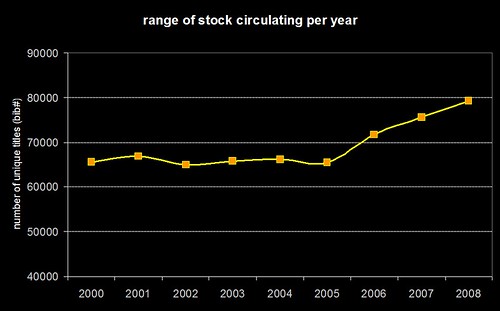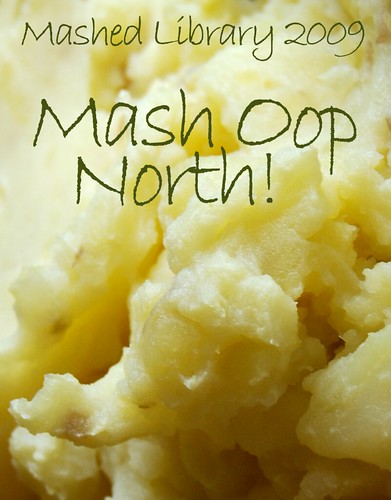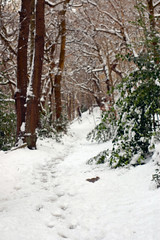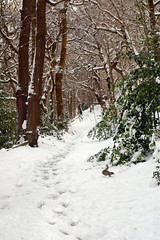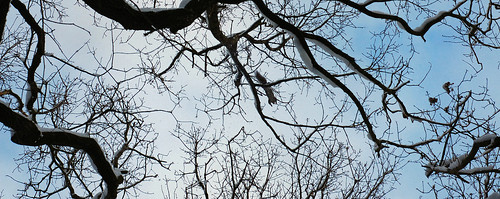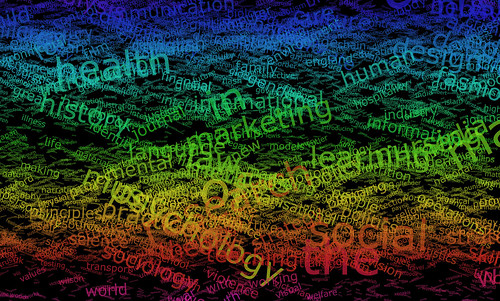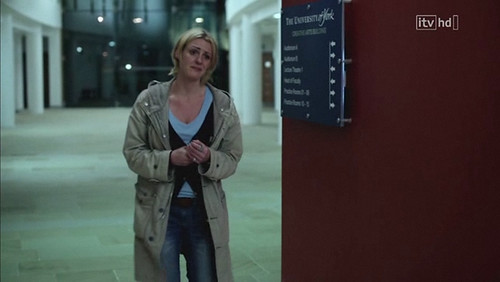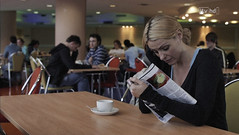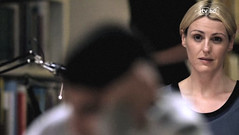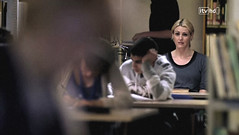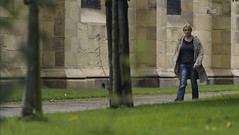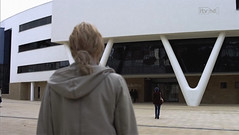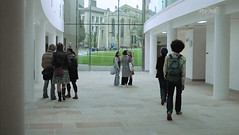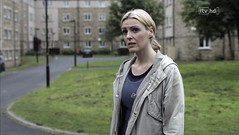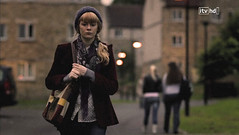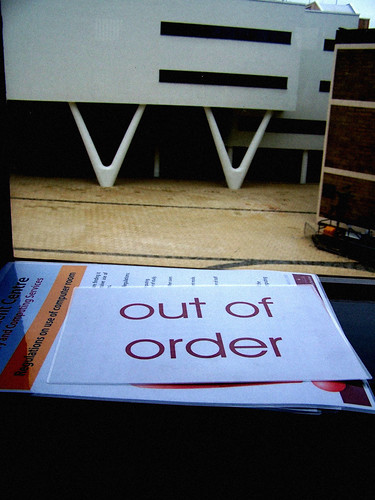In my UKSG presentation, I briefly touched on the need for library services (perhaps the OPAC, but perhaps not) to start joining users together in the same way that sites like Facebook do.
In the same way that a “people who borrowed this, also borrowed…” service starts exposing the hidden links between items on shelves, I think we need to start finding the connections between our users.
Using circulation data, we can start to locate clusters of users who’ve borrowed the same books. In an academic environment, these may be students who are studying on the same course. However, what if we discovered that two separate courses being run in different parts of the university had a strong overlap in borrowing? Would value be gained from introducing those students to each other?
No sooner had I tweeted that I was thinking about this kind of thing, Tony Hirst sent a response…
…a library dating service, then? Heh heh 😉
I’m keen to know what your first reaction to Tony’s comment is!
What if you were a lonely researcher who wanted to find someone similar to yourself, in order to collaborate on a project? By mining the circulation data and/or OpenURL article access data, a library could find your ideal partner — someone who’d been looking at the same books and resources that you’d been using. If libraries were aggregating their usage data at a national level, that perfect partner could well be a researcher at another institution.
To test this out, I tweaked our “people who borrowed this” code to generate the links between users (rather than the books). As an aside, I’ve been trying all day to figure out what the user equivalent of “people who borrowed this, also borrowed…” is, but haven’t been able to wrap my head around the logical linguistics of it!
Data Protection obviously means that I can share that prototype with you, but it did throw up some interesting results. For my partner Bryony, her closest match was one of her colleagues who works in the same department as her — they both share similar craft related interests, so have borrowed similar books. However, what if her closest match was someone working in another department? Maybe they’d want to meet up over a coffee and swap crafty ideas.
I also tried the same for one of my colleagues, who’s a lecturer, and found that his ideal match is himself! Or rather, the closest match for his current library account (as a member of staff) was his old library account from when he was a student. In other words, since becoming a lecturer, he’s re-borrowed quite a few of the books he used as a student.
Although I can’t show you the data for individuals, we can step back a level and look at the borrowing at the course level. I’ve put together a quick and dirty prototype to play with. The prototype will pick a course at random and then show the courses that have the closest matches in terms of book borrowing — if you’re unlucky and get an empty list (i.e. no matches were found), try refreshing the page.
Taking the BSC Applied Criminology course as an example — 59.3% of the books borrowed by students on that course were also borrowed by students on the BSC Behavioural Sciences course (HB100). The other top matches all seem to be related to criminology: psychology, social work, police studies, child protection, probation work, etc. However, there also appears to be some synergy with books borrowed by midwifery, history and hospitality management students.
I’ll try and add some extra code in tomorrow to show what the most popular books are that inhabit those course intersections.
